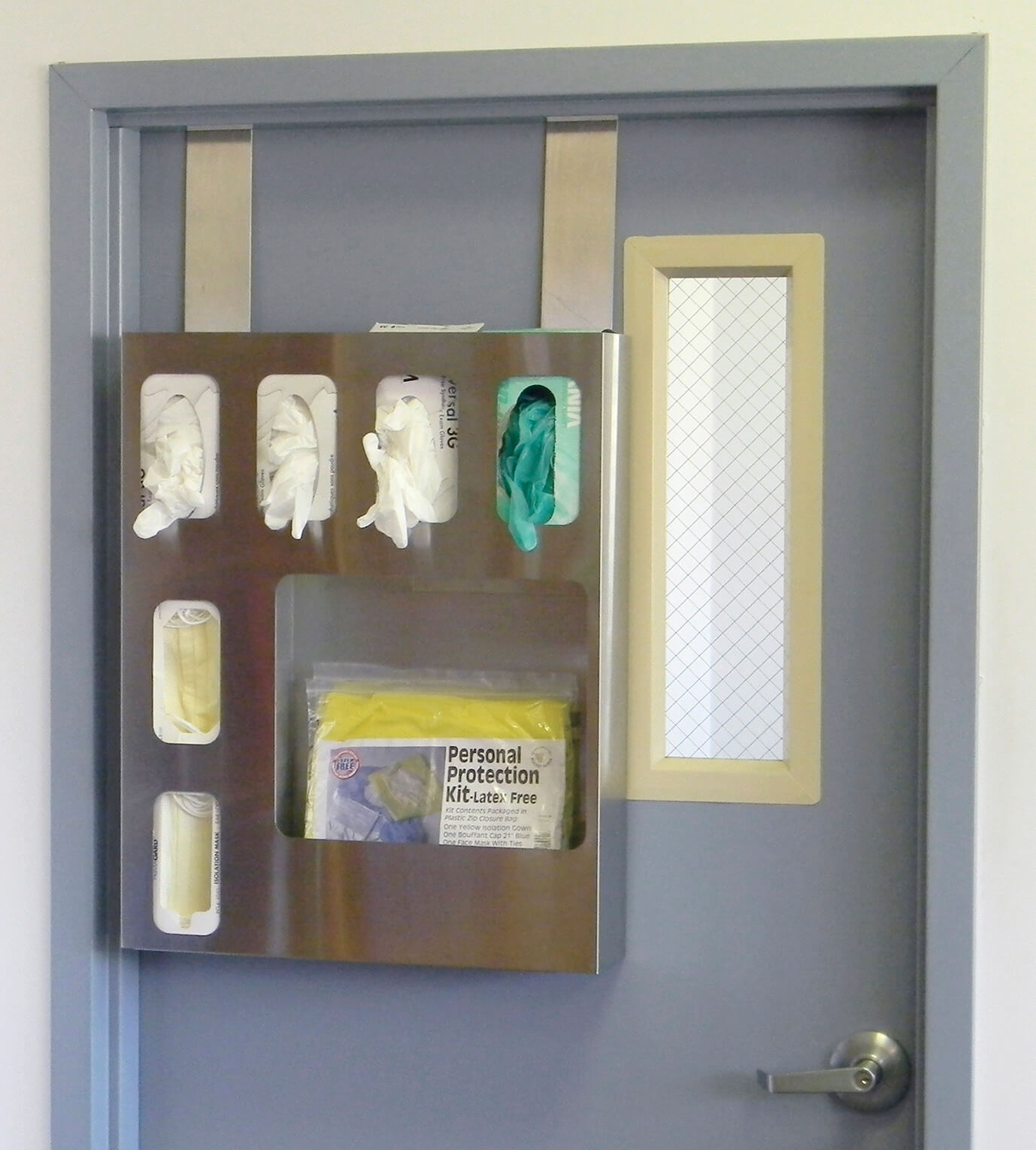Isolation stations are used in hospitals and clinics to store and preserve equipment for personal protection. These stations are designed for use against hospital infections or any medical infection from contaminated equipment. Isolation stations are mostly made from high impact materials to ensure durability and quality, the design of isolation stations allows mobility and easy transport of storage equipment. In our present-day pandemic, the isolation stations are used to prevent infection from the medics to patients and vice versa. With the isolation station around, medical practitioners and patients do not have to worry about getting infected.
Why are isolation stations important?
The isolation station is extremely important to hospitals and clinics; it is used for holding protection equipment. Equipment that can be held with an isolation station includes hospital gowns, gloves, sanitizers, and face masks. One of the most unfortunate dangers in the United States’ hospitals has been hospital infections. This infection has resulted in thousands of patient’s death, but can be reduced through the safety provided by the isolation station. The isolation station also provides a convenient means of assembling and organizing protection equipment.
What features are expected of an isolation station?
An isolation station is expected to be present in various sections of a hospital or clinic. It is very important to a patient’s safety and should exhibit certain features. These features include; easy to carry or move, easy to mount, very visible, comfortable, and safe. Omnimed provides isolation stations with versatility and durability allowing for safety in and out of the hospital.
Isolation station design
Isolation stations are made from various materials which determine their durability and effectiveness. Also, the design of an isolation station may determine the space and convenience it provides. Omnimed’s isolation stations are made from durable plastics, stainless steel, painted steels, and Acrylic.

